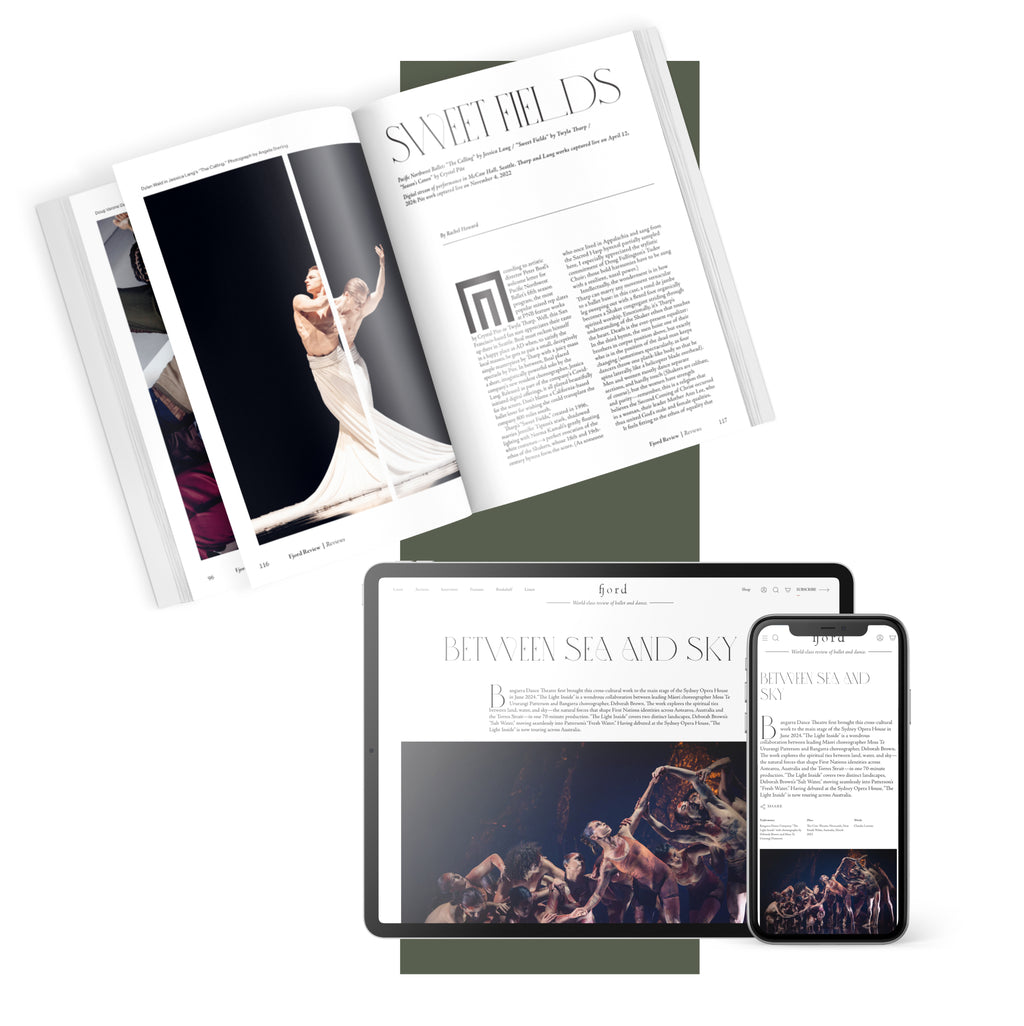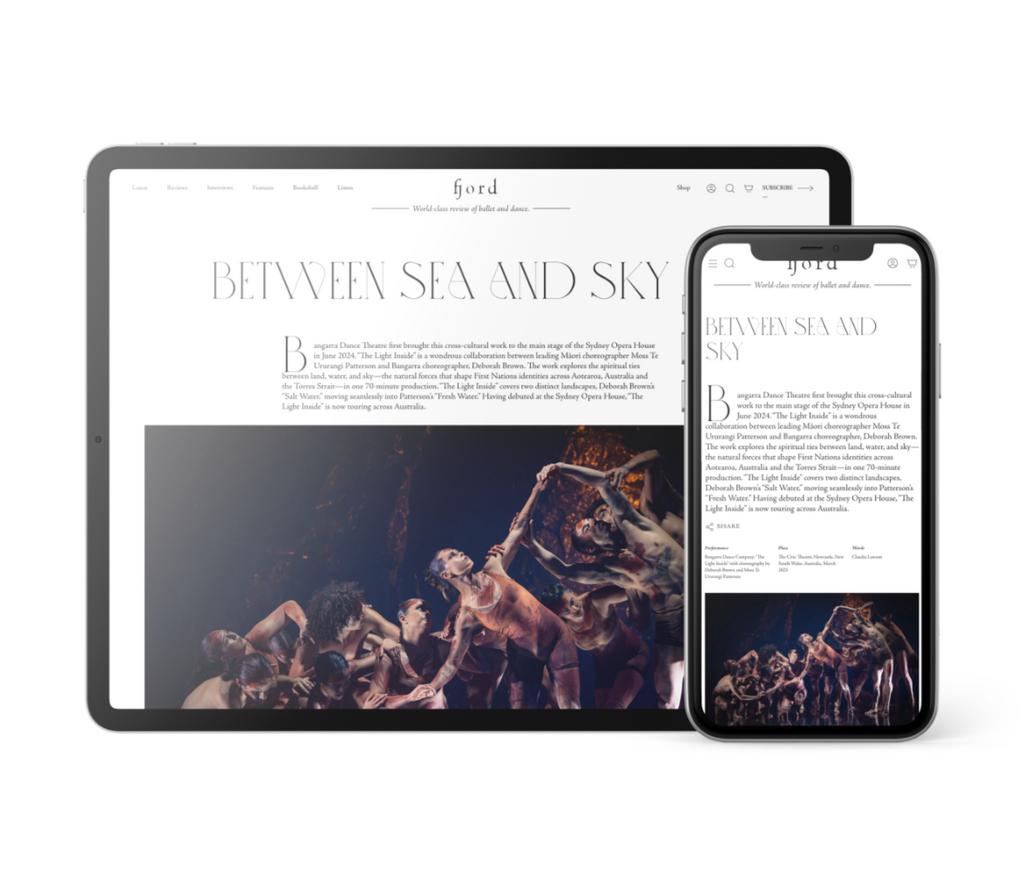Float like a Butterfly
Sans tutu or pointe shoes, New York Ballet principal Sara Mearns delivered a knock-out punch in her 20-minute solo, “Zebra.”
Continue Reading
World-class review of ballet and dance.
Martha Graham is the Georgia O’Keefe of dance. No matter what the source material, the primary subject of her works is womanhood. “Deaths and Entrances” and “Errand Into the Maze”—both featured on the third program the Martha Graham Dance Company offered at the Joyce Theater this month—bore that out. In the former, the Brontë sisters were Graham’s ostensible topic, while she drew on Theseus’s battle with the Minotaur in the labyrinth in the latter. But really, Graham grounded both dances in her own understanding of female desire, ambition, artistry, and power.
Performance
Place
Words



“Uncommonly intelligent, substantial coverage.”
Your weekly source for world-class dance reviews, interviews, articles, and more.
Already a paid subscriber? Login

Sans tutu or pointe shoes, New York Ballet principal Sara Mearns delivered a knock-out punch in her 20-minute solo, “Zebra.”
Continue ReadingJapan Society’s Yukio Mishima centennial series culminated with “Mishima’s Muse – Noh Theater,” which was actually three programs of traditional noh works that Japanese author Yukio Mishima adapted into modern plays.
Continue ReadingThroughout the year, our critics attend hundreds of dance performances, whether onsite, outdoors, or on the proscenium stage, around the world.
Continue ReadingOn December 11th, the Alvin Ailey American Dance Theater presented two premieres and two dances that had premiered just a week prior.
Continue Reading
comments